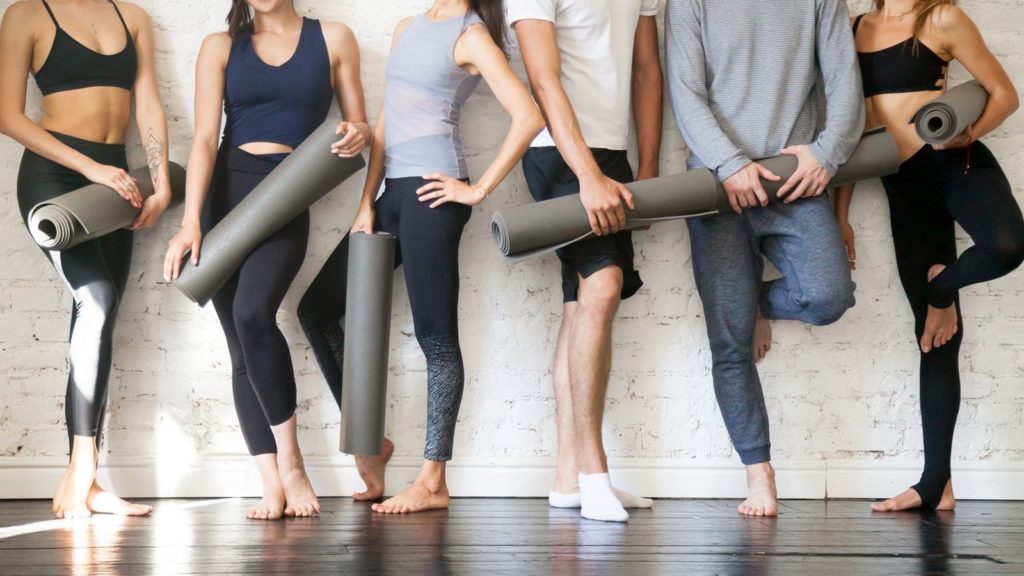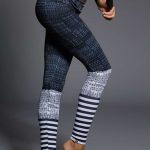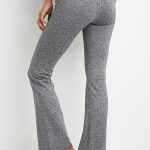I. Introduction
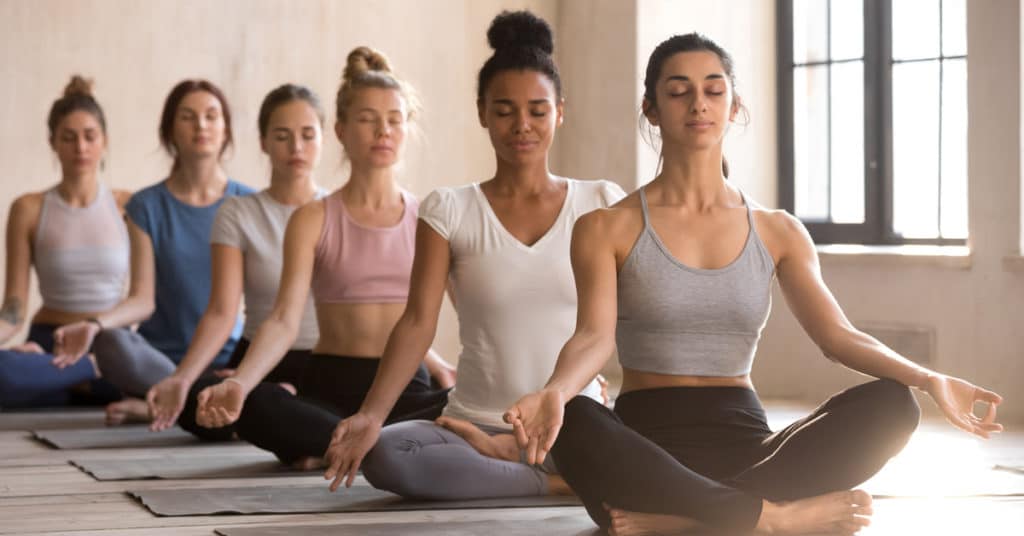
A. Highlighting the importance of choosing suitable attire for yoga practice Choosing the right attire for yoga is crucial for comfort, flexibility, and overall performance during practice. It allows individuals to move freely, focus on their poses, and fully engage in the mind-body connection that yoga offers.
B. Introducing the significance of dressing for comfort and flexibility Comfort and flexibility are key aspects of yoga attire. The right clothing ensures that individuals can move without restriction, maintain proper alignment, and experience the full benefits of their yoga practice.
II. Key Considerations for Yoga Attire
A. Material and Fit
- Choose breathable fabrics: Evaluating the benefits of moisture-wicking materials for sweat absorption Opt for fabrics like cotton, bamboo, or technical materials with moisture-wicking properties. These fabrics allow for breathability and help to manage sweat, keeping you comfortable and dry during your practice.
- Optimal fit: Balancing comfort and flexibility with the right amount of snugness Select clothing that fits well without being too tight or too loose. This allows for ease of movement while providing enough support and coverage. Consider clothing with four-way stretch and a good range of motion.
B. Flexibility and Freedom of Movement
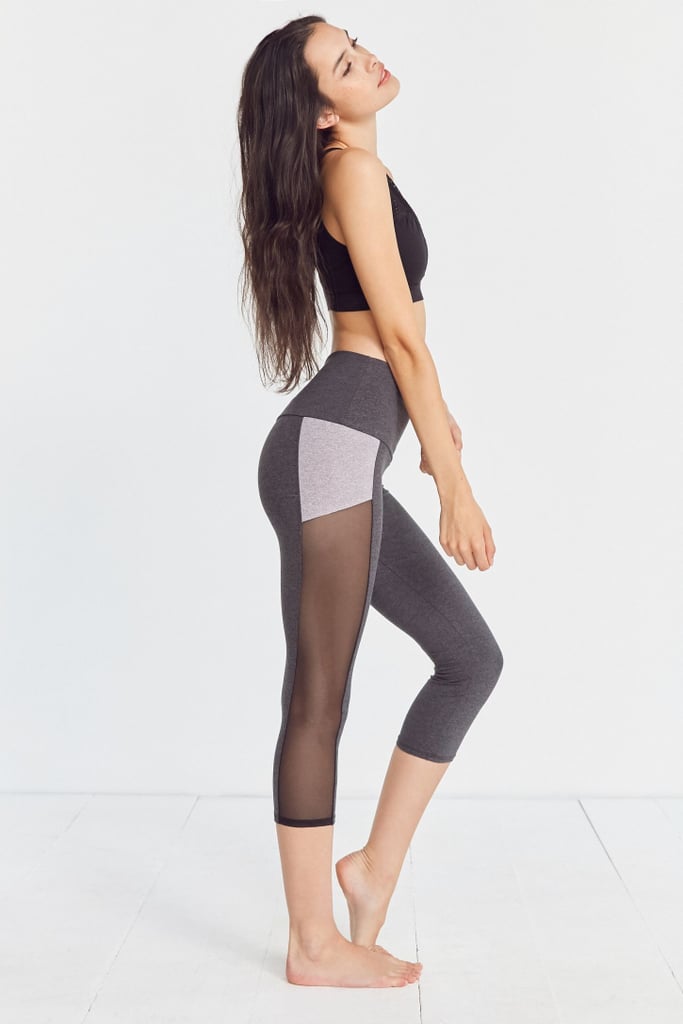
- Stretchable fabrics: Exploring the advantages of materials with high elasticity Choose fabrics that are stretchable and offer a good range of motion. This allows for unrestricted movement in various yoga poses and ensures that your clothing moves with you.
- Avoid restrictive clothing: Ensuring unrestricted movement during yoga poses Avoid clothing items that are too tight, constricting, or have excessive embellishments. These can restrict movement and hinder your ability to fully engage in your yoga practice.
C. Coverage and Support
- Coverage for modesty: Choosing attire that allows for comfortable movement without revealing too much Select clothing that provides adequate coverage based on your comfort level and the style of yoga you practice. This ensures that you can move without distraction or self-consciousness, allowing you to focus on your practice.
- Supportive clothing: Considering sports bras and fitted tops for added support during dynamic movements For individuals who require additional support, consider wearing a supportive sports bra that provides comfort and prevents discomfort during dynamic movements. Fitted tops can also provide added support and minimize distractions during your practice.
III. Types of Yoga Attire
A. Tops
- Fitted tops: Providing support and freedom of movement Fitted tops are a popular choice for yoga practice as they offer support and a snug fit. They provide stability during dynamic movements and inverted poses, ensuring that clothing stays in place and offers comfort.
- Loose-fitting tops: Allowing for breathability and a relaxed fit For individuals who prefer looser clothing or desire increased breathability during their practice, loose-fitting tops are an ideal choice. They allow for airflow and provide a relaxed fit, promoting ease of movement and comfort.
B. Bottoms

- Yoga pants or leggings: Offering flexibility and coverage Yoga pants or leggings are staple bottoms for yoga practice. They provide a comfortable fit, flexibility, and coverage for both men and women. Look for options made with stretchable and moisture-wicking fabrics that allow for a full range of motion.
- Shorts or capris: Ideal for hot yoga or practices that require more exposed skin Shorts or capris are popular choices for hot or Bikram yoga, as well as for individuals who prefer more freedom and skin exposure during their practice. Opt for moisture-wicking materials and a length that allows for ease of movement.
C. Additional Considerations
- Layering options: Considering the benefits of layering for added warmth or versatility In cooler climates or during warm-up and cool-down periods, layering can be beneficial. Consider wearing a lightweight jacket, cardigan, or long-sleeve top that can be easily removed as the body warms up during the practice.
- Accessories: Exploring the use of accessories like headbands and sweat-wicking socks Accessories can enhance the practice and provide added comfort. Consider using a headband to keep hair away from the face, sweat-wicking socks for extra grip, or wrist bands to wipe away perspiration during intense practice.
IV. Dressing for Different Types of Yoga
A. Hot Yoga

Hot yoga, also known as Bikram yoga, is a vigorous and challenging practice that takes place in a room heated to approximately 105°F (40.6°C) with high humidity. With the increased temperature and moisture, it is important to choose clothing that will keep you cool and comfortable during the intense practice.
- Light and breathable fabrics: When participating in hot yoga, it is crucial to choose materials that offer moisture-wicking properties to keep your body cool. Fabrics such as nylon and polyester are excellent choices as they allow sweat to evaporate quickly, keeping you dry and comfortable.
- Shorts or cropped leggings: Opting for shorter bottoms is a good choice for hot yoga as it allows for better heat dissipation. Shorts or cropped leggings are ideal for this type of practice, as they provide maximum airflow, preventing overheating and allowing the skin to breathe.
- Fitted, moisture-wicking tops: For hot yoga, it is recommended to wear fitted tops that offer support and freedom of movement. Look for tops made from moisture-wicking fabrics that will keep you dry and minimize discomfort caused by sweat.
B. Restorative or Gentle Yoga
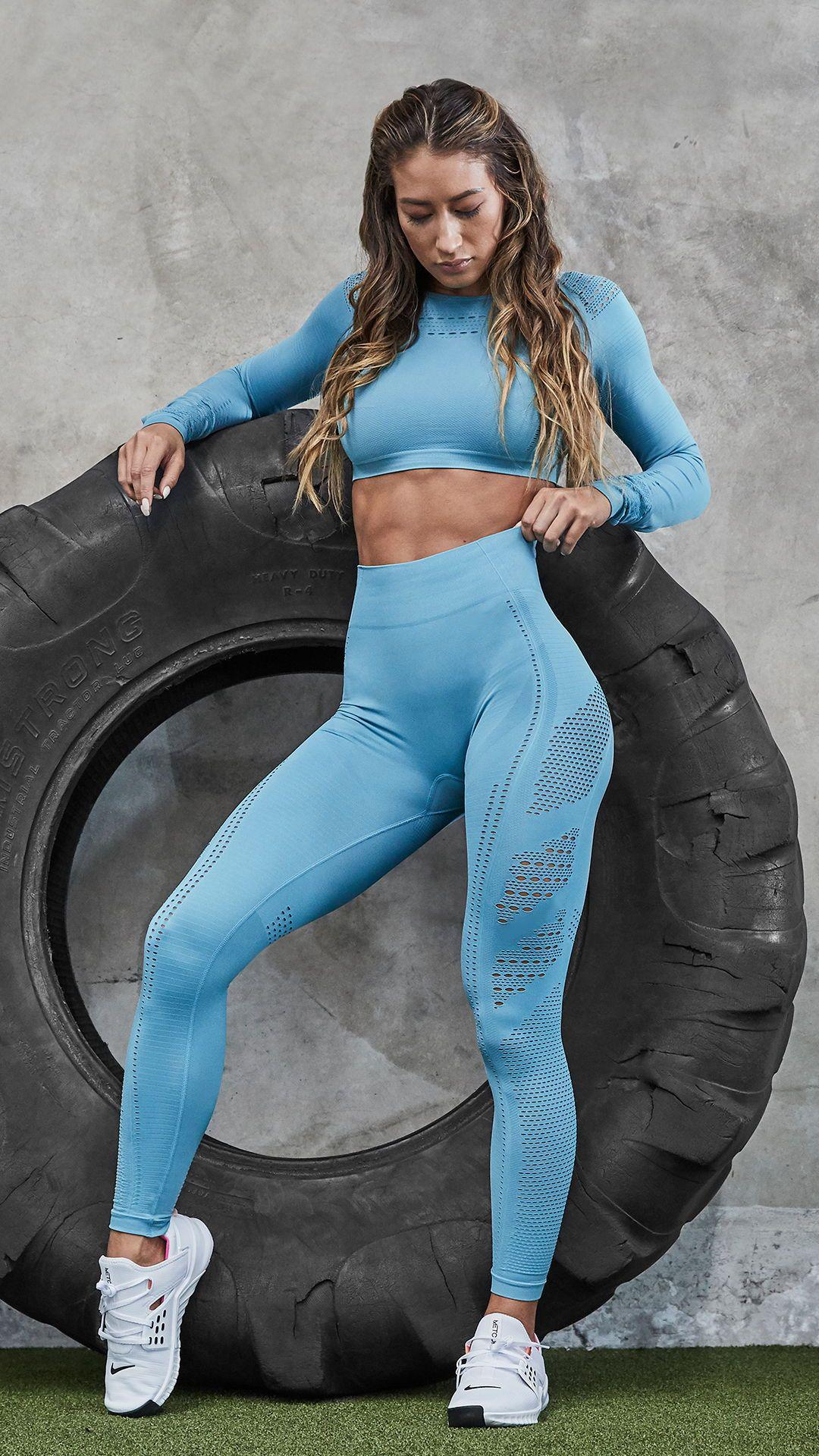
Restorative or gentle yoga focuses on relaxation and stress relief. It involves slower-paced movements and longer holds in poses, allowing for deep stretching and opening of the body. When dressing for this type of yoga, prioritizing comfort and relaxation is key.
- Looser fitting and comfortable clothing: During restorative or gentle yoga, it is important to wear loose-fitting clothing that allows for ease of movement and helps create a sense of calm and tranquility. Opt for soft fabrics that won’t restrict your range of motion or bind your body.
- Soft, breathable fabrics: Choose clothing made from soft, breathable fabrics such as cotton or modal. These materials are gentle on the skin, allowing for optimal comfort and relaxation. Avoid synthetic fabrics that may cause irritation or discomfort during longer holds in poses.
- Layering options: Consider the benefits of layering during restorative or gentle yoga. As the practice often involves longer periods of stillness, you may find yourself becoming chilled. Layering allows you to add or remove clothing as needed to maintain a comfortable body temperature throughout the session.
C. Other Considerations
- Accessories: In addition to your clothing, there are accessories that can enhance your yoga practice. Headbands can help keep your hair out of your face and prevent sweat from dripping onto your mat. Sweat-wicking socks can provide additional grip and help prevent slipping during poses.
- Sustainability and ethical considerations: When choosing yoga attire, consider the environmental impact and ethical practices of the brands you purchase from. Look for companies that prioritize sustainability, use eco-friendly materials, and ensure fair labor practices in their manufacturing process.
In conclusion, dressing appropriately for different types of yoga is essential for a comfortable and successful practice. Whether you are participating in hot yoga or restorative yoga, selecting clothing that provides support, freedom of movement, breathability, and comfort is crucial. Additionally, considering accessories and sustainability can further enhance your yoga experience.
